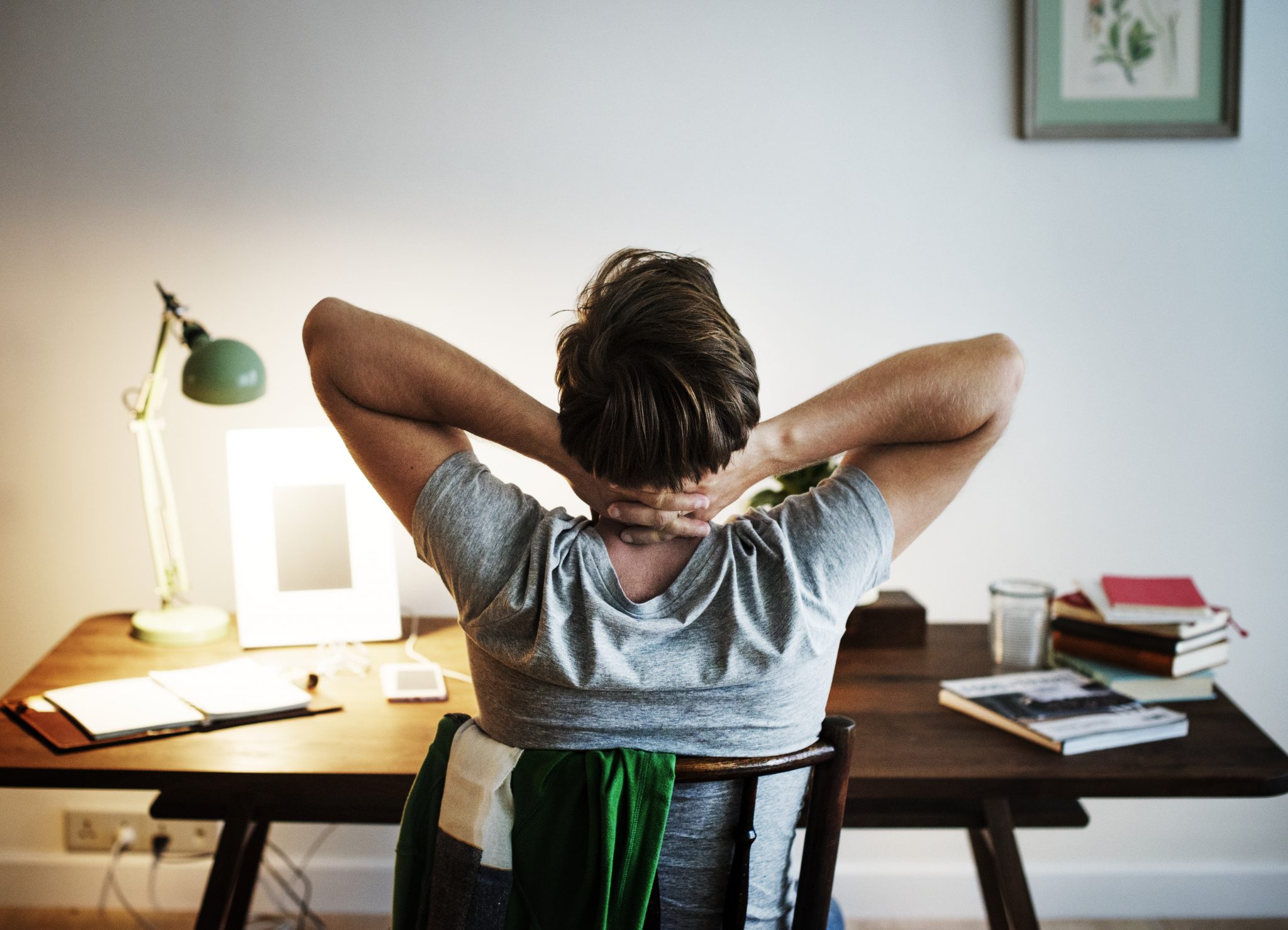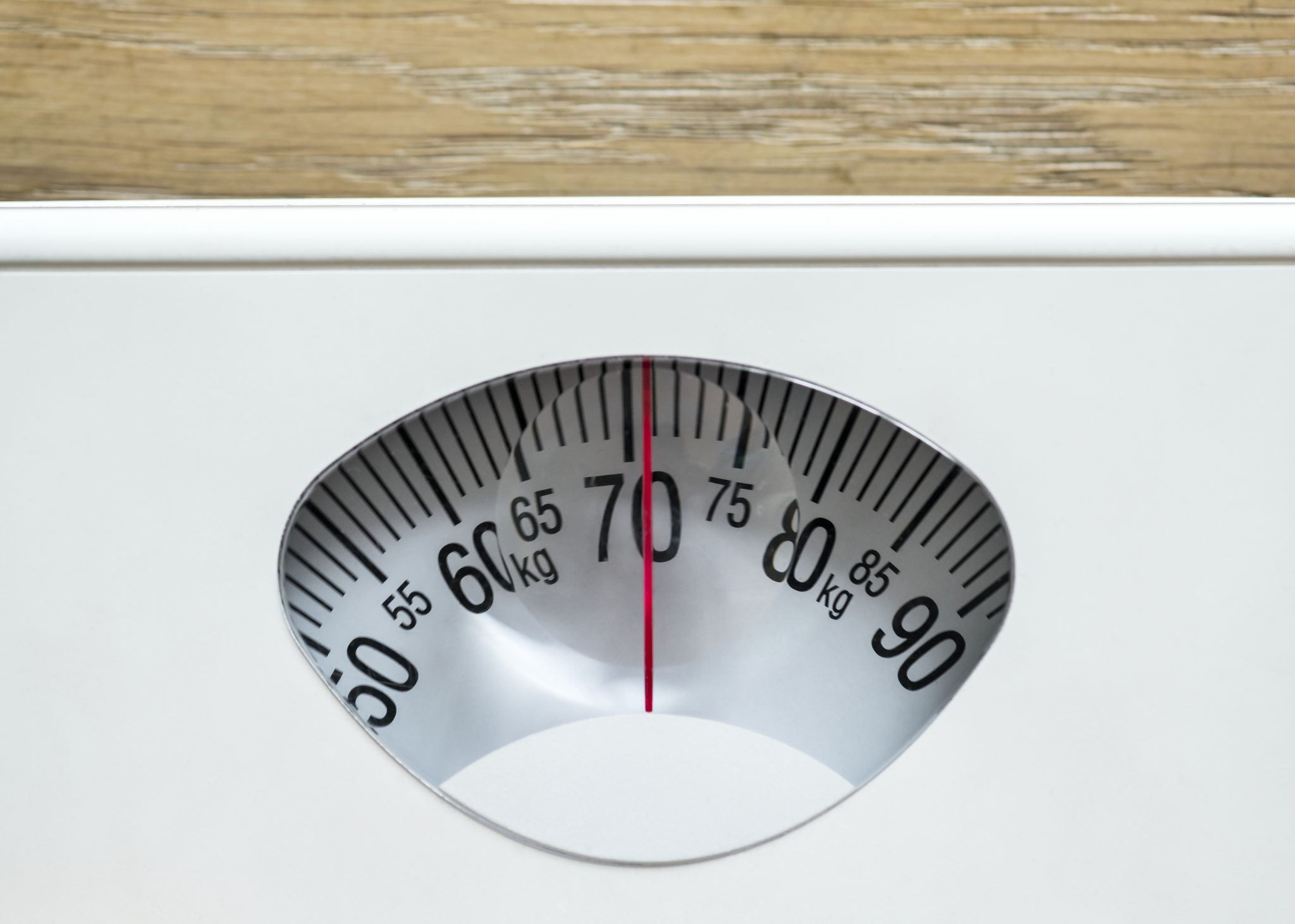11 Most Common Questions About Vein Disease
Varicose veins are superficial, nonfunctional veins that can be seen through the skin. They are blue or purple in color and are a common cosmetic concern among sufferers. It is a condition which causes a great deal of discomfort to a person as well as makes them self-conscious. Following are some common questions about vein disease, its symptoms, and the latest advancements in its treatment:
1. What are Varicose Veins?
Varicose veins are twisted, swollen blue veins that bulge beneath the skin. They belong to the superficial venous system that have become dilated and tortuous and is no longer able to carry blood to the heart. Because the valves in these veins are damaged, they hold blood at a higher pressure than normal, which forces blood into the surrounding tissue, causing the affected leg to swell and feel heavy.
2. What Causes Varicose Veins?
The normal function of deep veins and the superficial veins in a leg is to transport blood back to the heart. For example, during walking, the calf muscle works as a pump contracting veins and pumping blood back to the heart. These veins have numerous valves which prevent the blood from flowing in the wrong direction. If these valves weaken, they cause the blood to flow back into superficial veins and back down the leg. This causes the veins to enlarge. This is similar to blowing air into a balloon if you do not let the airflow out the balloon swells.
3. Why Do Varicose Veins Happen More In The Legs?
The vessels in the legs experience the highest amount of pressure as the distance from the feet to the heart is the furthest. These vessels have to work very hard to transport blood to the heart. If vein valves fail to handle this pressure, the backflow of blood can result in surface veins becoming distorted and swollen.
4. Who Faces The Greatest Risk For Varicose Veins?
Contributing factors to varicose veins include obesity, genetics, hormonal changes during menopause, pregnancy, past vein diseases like thrombophlebitis and hobbies or work which requires standing for extended intervals. Women have a higher risk of varicose veins than men and people who are over fifty years of age have a 50% chance of experiencing this condition.
5. What Are The Symptoms Of Varicose Veins?
Varicose veins may ache while the ankles and feet may swell towards the end of the day, particularly in hot weather. These veins can get inflamed and sore and can cause redness of the skin around them. Venous ulcerations may also develop in some patients.
6. How Are Varicose Veins Diagnosed?
The only way to accurately diagnose venous reflux is with the help of a Duplex Doppler Ultrasound exam. This machine evaluates the veins inside the leg, and the result of this exam is combined with the patient’s medical history and information gathered from a thorough physical exam to provide an overall picture of the venous system as a whole.
7. What Are The Treatments For Varicose Veins? Are they painful?
The easiest way to remember the conservative approach to varicose veins is ESES. In this acronym, E stands for Exercise, S for Stockings, E is for Elevation, and S stands for still. Exercising regularly, wearing compression hose, elevating, and resting the leg may provide some symptomatic relief. However, it will not cure varicose veins or necessarily stop them from worsening as the root cause (venous reflux) is still present.
There are also some long-term treatment options, which include sclerotherapy, phlebectomy, laser ablations, radiofrequency ablations, or a combination of treatments.
Typically, vein ablations cause minimal discomfort; neither do they leave any permanent scars. However, patients may experience minor, temporary bruising for about a week after treatment. They might also experience some minor aching in the treated leg for a couple of days. In the case of Endovenous Laser Ablation treatment, the patient might experience some tightness, pressure, or minor discomfort in the leg during the treatment as the veins are sealed shut with the help of lasers. However, living with the symptoms of varicose vein disease is much more uncomfortable than the treatment itself.
8. What is Sclerotherapy?
Sclerotherapy is the process where a chemical injection such as a detergent or saline solution is injected into a vein. This causes the vein to spasm or close up, thus resulting in other veins taking over its work. The collapsed vein is then dissolved and reabsorbed by the body. This procedure is most effective for smaller surface veins, which are less than 1-2mm in diameter.
9. What is ambulatory phlebectomy?
Ambulatory phlebectomy is a surgical process for treating surface veins. In this procedure, a number of small incisions are made along a varicose vein. This vein is then pulled out of the leg with the help of forceps or surgical hooks. This is done under local anesthesia in an operating room.
10. Which Exercises Are Good For Varicose Veins And Which Exercises Should Be Avoided?
Cycling is a great exercise that helps to improve the overall health of your legs and helps to alleviate the symptoms associated with varicose veins. The cycling motion works the innermost part of the calf muscles, which increases circulation and relieves the pressure in the leg. Stationary bikes are also as good as outdoor bikes. Cycling also helps to condition the whole cardiovascular system, which is an added benefit. A simple way to insert cycling into your daily routine is to put a stationary bike in front of the television and use it while watching your favorite show, particularly if you are binge-watching.
In addition to cycling, sports such as swimming, dancing, and walking are beneficial as they help in venous circulation through contraction of the leg muscles, thus promoting the upward flow of blood to the heart. On the other hand, strenuous sports such as football, basketball, and tennis are not advised as they dilate veins and slow down venous return.
11. What Can Be Done To Prevent Varicose Veins?
Varicose veins occur due to genetic and environmental factors. By practicing a healthy lifestyle, one can reduce the risk of occurrence or progression of this disease to more severe stages. Furthermore, some effective procedures such as compression therapy and venoactive drugs can be adopted right from the beginning to help stop its progression and prevent complications.





